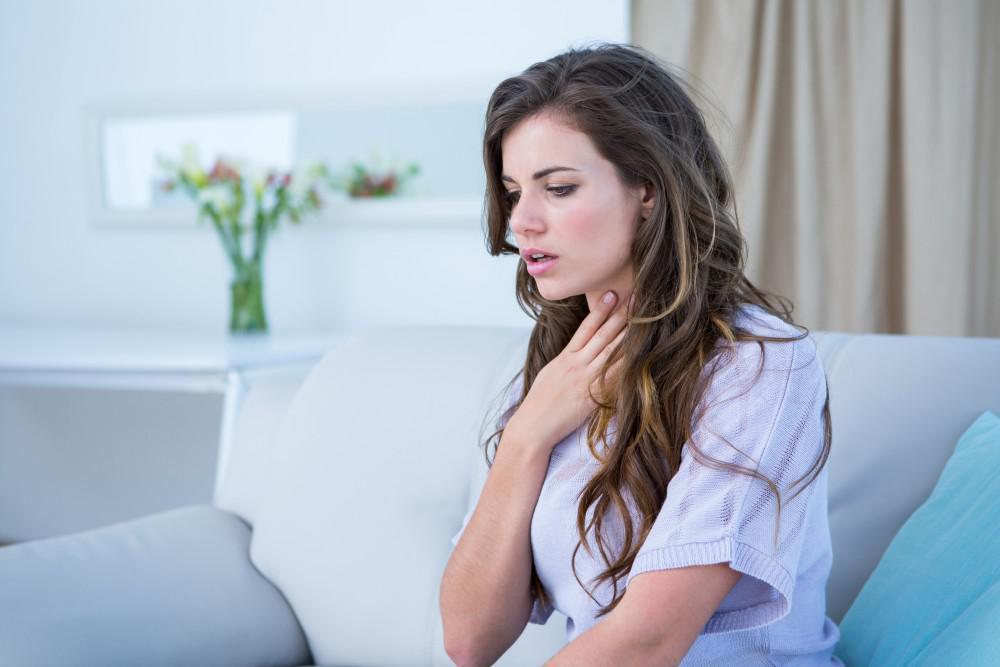How Dr. Nghia Nguyen Diagnoses Diseases of the Anus and Rectum
Dr. Nguyen uses a thorough, step-by-step approach:
Medical History and Physical Exam
He reviews your symptoms, bowel habits, and any prior surgeries or injuries, then performs a focused physical exam.
Digital Rectal Examination
A gentle, gloved finger exam helps him feel for tenderness, lumps, tight sphincters, or swollen veins.
Anoscopy
Using a small, illuminated tube, he inspects the anal canal for hemorrhoids, fissures, or other lesions.
Endoscopic Evaluation
If deeper assessment is needed, Dr. Nguyen will recommend a colonoscopy to visualize the rectum and colon.
Imaging Studies
- Endoanal ultrasound for detailed views of sphincter integrity, abscesses, or fistula tracts.
- Pelvic MRI to map complex fistulas or detect deep-seated infections.
Additional Testing (when indicated)
Occasionally, anorectal manometry gauges muscle function or a targeted biopsy rules out rare conditions.
Frequently Asked Questions
What are some common conditions?
They include hemorrhoids, anal fissures, fistulas, abscesses, and inflammation like proctitis.
What symptoms should I look for?
Bright red bleeding, pain or burning during bowel movements, itching or soreness, swelling or lumps, and mucus with stool are all signs.
How is the diagnosis made?
Dr. Nguyen uses a detailed health history, a physical exam, a rectal exam, anoscopy, and sometimes imaging or colonoscopy to identify the issue.
What treatments are available?
Treatment options range from dietary and lifestyle changes to topical medications, antibiotics, and simple in-office procedures like banding, injections, or dilation.
Is surgery always needed?
No. Many patients improve with non-surgical approaches such as medications, lifestyle modifications, and minimally invasive therapies.
When should I see a doctor?
If you experience persistent pain, bleeding, swelling, or any signs of infection around the anus or rectum, seek medical attention promptly.
Can I prevent these problems?
Yes. Eating a high-fiber diet, staying well hydrated, avoiding straining during bowel movements, and regular exercise can help reduce risk.












